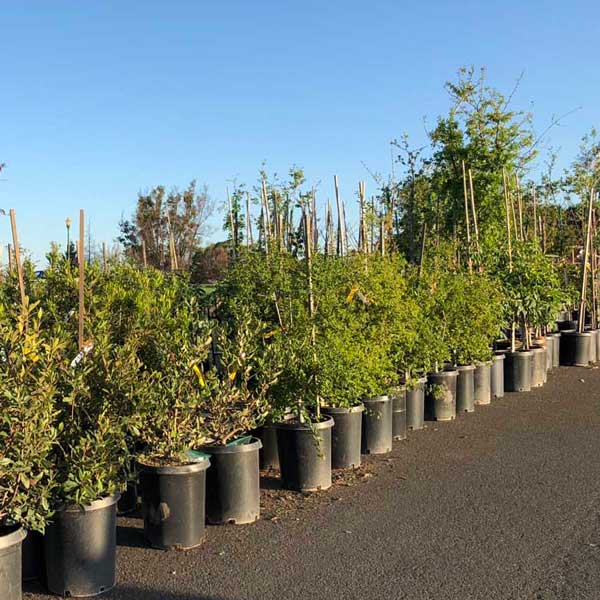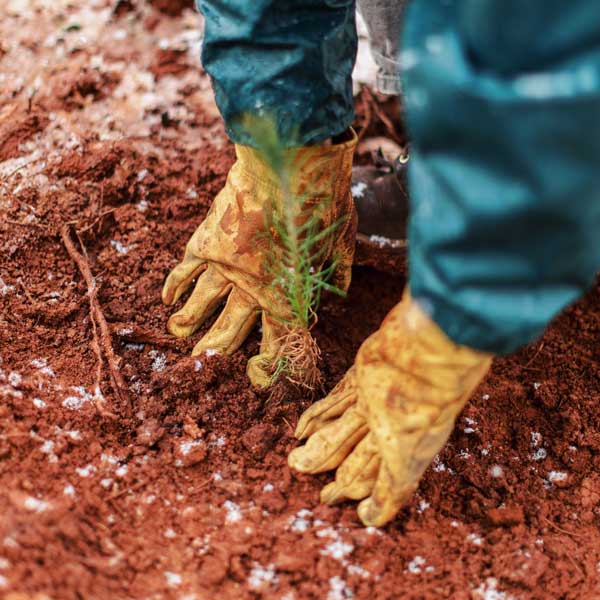Our Response to the Growing Challenge of Megafires
The Arbor Day Foundation’s response to the challenge of megafires, and other disasters, is different today than it was even a few years ago. Here’s how:


The Time for Trees Initiative
Our goals are big. By 2022 — the 150th anniversary of Arbor Day — we aim to plant 100 million trees and inspire 5 million new tree planters through our Time for Trees initiative. Alongside the Evergreen Alliance, partners in the Wildfire Restoration Collaborative replanting in the wake of forest fires will be critical to the success of the Time for Trees initiative.
Stories of Devastation and Revitalization
 Understand & Educate
Understand & Educate
Immediately after new fires are sparked, it is critical that we recognize for ourselves and for our partners how reforestation and recovery fit into the larger wildfire equation. The Arbor Day Foundation always focuses on keeping our partner networks informed about what is happening in places like Australia, for example, and communicating when the best time and method for restoration will take place. We recognize that supporting immediate needs of stopping the fire and promoting the need to provide food, water, and shelter to the people affected are of utmost importance.
 Focus on Future Forests
Focus on Future Forests
A common theme with natural disasters is that immediate public attention is both intense and fleeting, especially for international audiences. While urgent issues such as food, water, and shelter are typically most pressing, recovery from fires, floods, or hurricanes is often a multiyear if not generational effort. The Arbor Day Foundation works to positively maintain attention on these critical issues once the news cycle has shifted, ensuring that these forests and communities are not solely helped, but rebuilt in a sustained fashion.
Active reforestation efforts are motivated by concerns that conifer forests would not recover, or would recover too slowly to sustain key services, without interventions. Studies in the Sierra Nevada in particular have found that natural regeneration was often too low to achieve desired levels of reforestation.
https://www.fs.fed.us/psw/publications/white_am/psw_2019_white001.pdf, [BW3] [JC4]
 A Sustained Approach
A Sustained Approach
To best steward our resources, the Arbor Day Foundation promotes long-term, sustainable approaches to forest restoration, management, and protection. According to USDA Forest Service research, focusing attention on fuels reduction, prescribed burning, and quick-response, active reforestation could limit the severity and intensity of future fires. This approach helps forests continue to provide the necessities of life such as air, water, habitat, and a stable climate, more effectively.
 Set Priorities
Set Priorities
Because the need is immense and funds are often limited, the Arbor Day Foundation focuses on the highest priority areas within a burned landscape. This usually means two things: focusing on where the best active reforestation opportunities are and where passive reforestation, or natural regeneration, may not be sufficient or occur at all. We also put high priority on efforts where our local partnerships are strongest. No work of high quality and integrity can be done without active, reliable, on-the-ground partners.
 Cut Emissions
Cut Emissions
Pressures outside of forests affect what happens within forests. Forest pressures in places such as Brazil and the United States are linked to pressures on Australian forests. Increasing temperatures will lead to more significant forest fire risks, and a greater likelihood of future, more intense occurrences. Reining in global emissions immediately is one of the most critical tactics for ensuring that abnormal fire events like those in Australia do not become commonplace.

